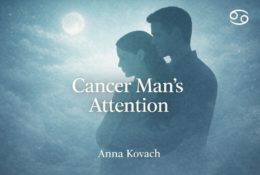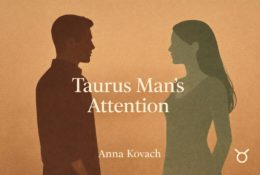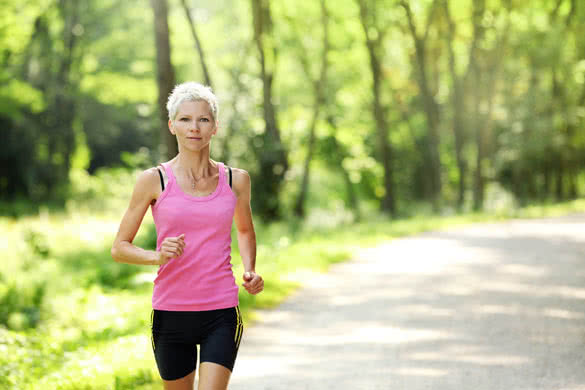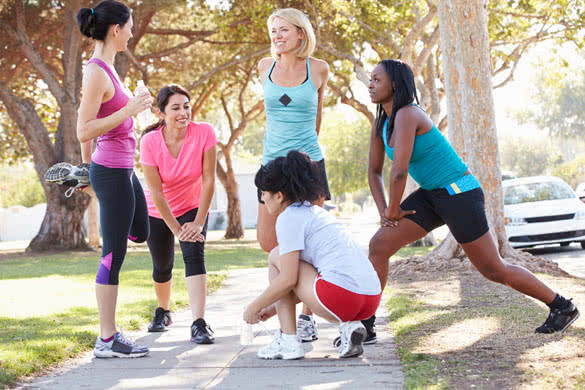Wish you were a runner? Learn some of the major health benefits of running and what it has to offer. You’ll be lacing up your shoes, ready to hit the road!
Running is one of those physical activities that you generally either love or hate. However, if you’re not particularly fond of running right this moment, that doesn’t mean that you can’t learn to enjoy it.
As a matter of fact, once you learn just a few of the major health benefits that running has to offer, you may actually be excited to lace up your athletic shoes and pound the pavement. Sound too good to be true? It isn’t.
What advantages are strong enough to get you off the couch and trotting your way to total body wellness and fitness? Consider these top five health benefits of running:
#1 It Lowers Your Risk of Death
A study recently published by the Journal of the American College of Cardiology reported that running as little as five minutes per day is enough to lower your risk of death not only from cardiovascular issues, but from other causes as well. In fact, you don’t even have to run at super-fast speeds either. A slow run (which is defined as a run under six miles per hour in speed) still offers great life-saving health benefits, meaning that you should be able to do it no matter what shape you’re currently in.
#2 You Have a Higher Quality of Life as You Age
Not only does running make you live longer, but you also age more gracefully in the process. Researchers at Stanford University studied 500 runners over the course of 20 years. They found that the runners who were advanced in age had fewer disabilities, allowing them to live a higher quality of life well into their senior years.
Even though their amount of running declined from 240 minutes a week to roughly 76 minutes per week over the 20-year timespan, they still benefited from running as long as they did it regularly. And, if disability did set it in, it normally did so approximately 16 years later than for non-runners. That’s a long time to have better health and wellness!
#3 It Increases Your Chance of Survival from Breast Cancer
The Berkeley Lab conducted a study on almost 1,000 breast cancer survivors and found that their risk of dying from this particular cancer went down a whopping 24% when they ran about two-thirds of a mile per day. They even compared survivors who ran versus those who walked and found that “there was significantly less mortality in those who ran than walked.”
Those who ran just over two miles per day had a 95% lower risk of dying from breast cancer than those who didn’t exercise according to current guidelines. Additionally, walkers decreased their rate by 5%, which is 90% less than runners. Researchers were quick to note that walking was good, too, but if you’re in a fight for your life, why not make the choice that promises the better results?
#4 It Helps to Prevent Parkinson’s Disease
According to the National Parkinson Foundation, treadmill exercises such as running not only help to prevent Parkinson’s disease, but also slow progression of this disease and ease symptoms if you already have it. Also, as with breast cancer, the higher the intensity of the activity (within your physical limits, of course), the greater the benefits.
#5 It Eases Depression and Anxiety
In addition to being good for your physical body, the health benefits of running extend to you mentally as well – at least that is what the Mayo Clinic says. They indicate that exercises such as running get your brain to release chemicals that make you feel better (called endorphins and neurotransmitters). It also lowers the hormones that can contribute to depression, acting as prevention as well as a treatment.
The health benefits of running are numerous and the list can go on and on. However, if these five advantages are good enough to get you off the couch, it is likely that you have some questions that you want or need answered first.
How Much Running Should I Do?
Each piece of research that found major health benefits of running involved different amounts of physical activity. Plus, some measured by distance ran and others measured by using time spent hitting the pavement (or treadmill). Either way, you’re not going to do yourself any favors if you get either too much or not enough. So, how do you know?
First and foremost, you want to get medical clearance to make sure you should be running at all. After you have that, you can either slowly add running to your exercise routine or go to a personal trainer and ask them to create a program for you.
Most health experts recommend working your way up to running a couple of miles per day and/or for 30 minutes at a time. This is a good basis to shoot for as it isn’t too hefty or too light a goal.
How Do I Get Started?
No matter what your running goal, you’ll want to dive in slowly. If you don’t, you risk hurting your body (mainly your knees and even your lower back), which isn’t going to get you the health benefits that running has to offer. In fact, it will have just the opposite effect at that point.
Therefore, you might want to walk for 5-10 minutes to warm up and then run for 30 seconds. Then go back to walking for 2-3 minutes before doing another 30 second running burst. Once that is easier, walk for 1-2 minutes and run for 1 minute. Keep shortening the walking and lengthening the running and pretty soon, you’ll be running without taking a break.
Hitting the pavement without preparing yourself could lead to pains and injuries that can leave you bitterly stuck on the couch. If you’re a brand new runner, here are the key tips you need to know.
Tips for Buying Running Shoes
Ask yourself – what do I need? Think of the terrain – is it asphalt, grass, the treadmill? The race is won by fractions of a second. Everything counts.
Avoid shoes that have been run down to nothing, or ones with holes and tears.
Hitting the pavement without preparing yourself could lead to pains and injuries that can leave you bitterly stuck on the couch. If you’re a brand new runner, here are the key tips you need to know:
Now get out there and get running. Enjoy these major health benefits and more!















Add Comment